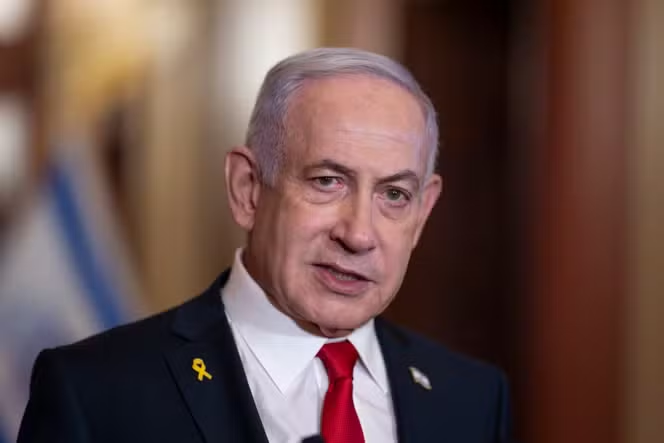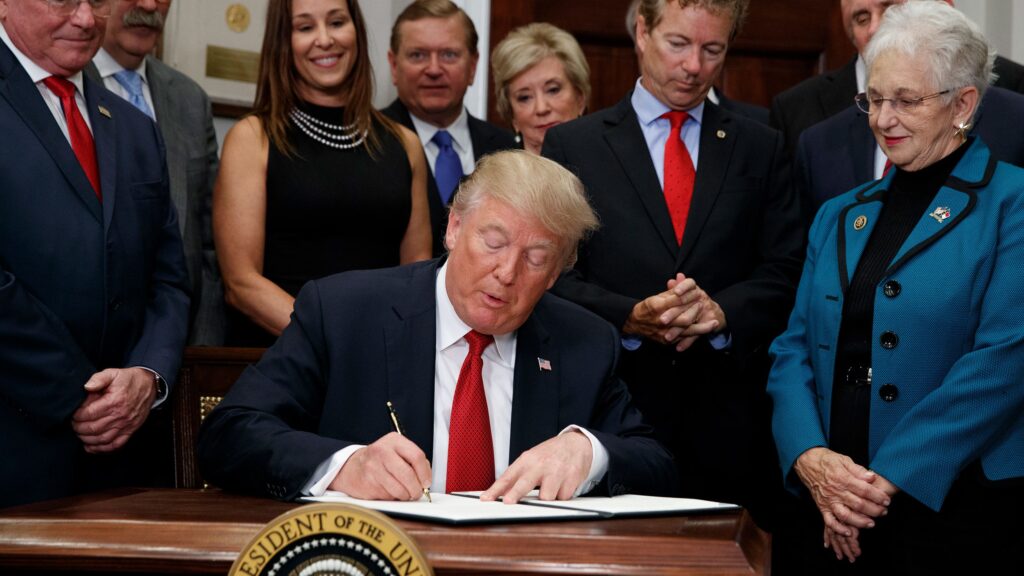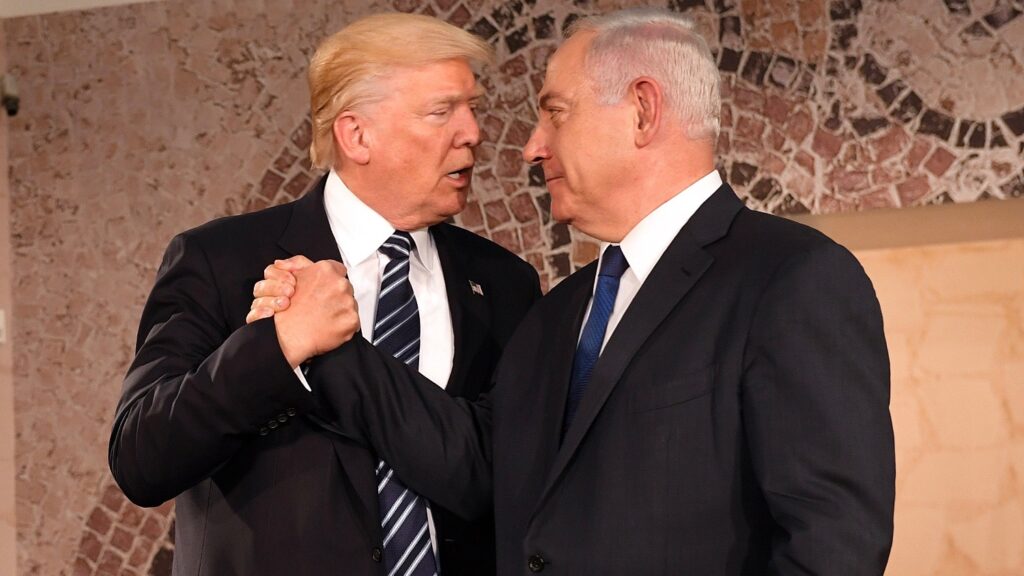Meta Description:
Donald Trump declared victory after Hamas’ partial acceptance of his 20-point Gaza ceasefire plan, putting Israeli Prime Minister Benjamin Netanyahu in a diplomatic bind. Here’s how the response reshaped the Israel-Hamas peace dynamics.
Trump’s Swift Declaration of “Peace Readiness”
Former U.S. President Donald Trump claimed a major diplomatic win after Hamas responded to his 20-point Gaza ceasefire proposal, declaring that the group was ready for “lasting peace.” The reaction came just an hour after Hamas issued its six-paragraph reply, stopping short of full acceptance but signaling readiness to release all hostages taken since the October 7, 2023, attacks.
Despite Hamas not agreeing to disarm or relinquish political control over Gaza, Trump’s statement framed the development as a historic step toward peace.
“Based on the statement just issued by Hamas, I believe they are ready for a lasting PEACE,” Trump wrote on Truth Social. “Israel must immediately stop the bombing of Gaza so that we can get the hostages out safely and quickly!”
This declaration — made before Israel issued any formal response — placed Prime Minister Benjamin Netanyahu in a politically tight corner.
Netanyahu’s Calculated Reaction to Trump’s Move

Early Saturday, Netanyahu’s office announced that Israel was preparing to implement the first phase of Trump’s ceasefire plan, focusing on the immediate release of hostages. The statement stressed that Israel would work “in full cooperation with the President and his team” to bring the war to an end consistent with Trump’s vision.
While Netanyahu acknowledged Trump’s leadership role, the coordination appeared less than seamless. The White House did not announce a phone call between the two leaders, and Trump’s video message notably omitted Netanyahu’s name, instead thanking Qatar, Turkey, Saudi Arabia, Egypt, and Jordan for facilitating peace efforts.
This omission was symbolic — a clear signal that Trump expected Israel to align quickly with his peace narrative or risk diplomatic isolation.
A Shift in Responsibility: From Hamas to Israel
Trump’s assertive tone effectively shifted global attention from Hamas’ non-committal response to Israel’s continued military operations in Gaza. His call for Israel to “immediately stop the bombing” marked a turning point — it was the first time Trump explicitly told Israel to halt its offensive.
An Israeli official later admitted that Trump’s statement caught Netanyahu off guard, particularly when Israel was preparing for a new round of negotiations under ongoing airstrikes. Trump’s demand forced an immediate halt to the assault on Gaza City, leaving Israel with little room for diplomatic maneuvering.
Comparing Reactions: Trump’s Optimism vs Allies’ Skepticism
Even among Trump’s allies, the response was mixed. Senator Lindsey Graham described Hamas’ reply as a “classic ‘Yes, but’” — criticizing the group for refusing disarmament and for tying hostage release to negotiations.
| Aspect | Trump’s Interpretation | Critics’ Interpretation |
|---|---|---|
| Hamas’ Hostage Release Offer | Positive breakthrough toward peace | Conditional and incomplete |
| Disarmament Clause | Overlooked in favor of progress | Seen as rejection of peace plan |
| Israel’s Response | Expected quick cooperation | Viewed as pressured compliance |
| Overall Tone | Optimistic and historic | Premature and politically driven |
Trump, however, maintained that the response was a step in the right direction, emphasizing that “details would be finalized in concrete.” His optimism contrasted sharply with the cautious tone coming from both Israeli and U.S. officials.
Inside Trump’s Negotiation Strategy

Trump’s peace proposal emerged after months of frustration over Israel’s ongoing military operations and growing regional instability. The 20-point plan reportedly included conditions for disarmament, governance restructuring, and phased reconstruction in Gaza.
His special envoy Steve Witkoff and son-in-law Jared Kushner were central to the negotiations, with plans to travel to Egypt for further discussions on hostages and ceasefire logistics. The move echoed Kushner’s earlier role in the Abraham Accords, suggesting Trump’s desire to reassert his image as a global dealmaker — and potentially bolster his case for a Nobel Peace Prize.
Tensions Beneath the Surface: Trump vs. Netanyahu

Relations between Trump and Netanyahu have visibly cooled since Trump’s return to office. Their calls have grown tense, particularly over Israel’s prolonged campaign in Gaza and airstrikes in Qatar — incidents that the U.S. viewed as counterproductive to peace.
Trump was reportedly furious over Israeli airstrikes on Doha, targeting Hamas leaders, which complicated U.S.-led diplomatic efforts. The strikes provoked backlash from Arab nations and spurred Trump’s team to finalize the current ceasefire framework.
Behind closed doors, U.S. officials warned Netanyahu that Trump’s support for Israel could waver if the plan was not adopted. Netanyahu eventually agreed after extensive revisions — some of which alarmed Arab mediators — but by then, Trump had already made the plan public, effectively locking both sides into negotiations.
Regional Diplomacy: Allies, Pressure, and Strategic Balancing
Trump’s acknowledgment of Middle Eastern partners such as Qatar and Egypt reflects his strategy of multilateral diplomacy, contrasting with Netanyahu’s more unilateral defense stance. By positioning himself as the linchpin of peace, Trump aims to reframe U.S. involvement in the region as decisive yet cooperative.
While Trump called the day “unprecedented,” his timing was deliberate — just as Hamas’ leadership was divided internally over the plan. According to U.S. officials, communication gaps within Hamas delayed their response, testing Trump’s patience and prompting him to issue a 48-hour ultimatum that accelerated the reply.
The Political Undercurrent: U.S. Election Optics
Observers note that Trump’s declaration of success in Gaza is not merely diplomatic but deeply political. With U.S. elections looming, a symbolic victory in the Middle East could enhance his image as a peacemaker.
However, critics argue that prematurely declaring peace may undermine long-term stability. By sidelining Israel’s cautious approach, Trump risks alienating traditional allies while attempting to court global acclaim.
At the same time, portions of Trump’s political base have become increasingly disillusioned with Israel’s ongoing operations. Figures like Rep. Marjorie Taylor Greene have criticized Israel’s actions as “genocidal,” reflecting a notable shift in public sentiment that Trump cannot ignore.
What Lies Ahead for the Ceasefire Plan
As negotiations move to Cairo under Kushner and Witkoff’s supervision, the next 72 hours are critical. The Israeli team is preparing to discuss logistics for hostage exchanges and border de-escalation. Yet major challenges remain — particularly around Hamas’ disarmament and Gaza’s future governance.
For Netanyahu, the dilemma is stark: align with Trump’s peace narrative and risk domestic backlash, or resist and jeopardize U.S. support. For Trump, the ceasefire’s success could redefine his legacy as a “peace-through-strength” leader.
Conclusion: A Strategic Gamble Cloaked in Optimism
Trump’s declaration that “peace is at hand” may have been premature, but it reflects his characteristic political instinct to shape perception before reality catches up. By framing Hamas’ limited response as a victory, he not only cornered Netanyahu but also repositioned the United States as a central broker in Middle East peace talks once again.
As the world watches the coming days unfold, one thing is clear: Trump’s move has changed the dynamics of diplomacy — forcing Israel, Hamas, and regional powers to play on his terms, whether they are ready or not.



